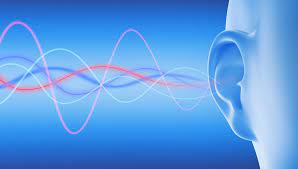Nuance Audio is a new option for people who resist traditional aids, from the company that makes Ray-Bans and operates LensCrafters.
Seekers of Meaning Podcast Posted Online March 7, 2025
What's Next Longevity Deal Talk Episode 32, January, 2025
Presentation: What's Next Longevity Venture Summit, June, 2025

 Isn’t March a l-o-n-g month?
Isn’t March a l-o-n-g month?  Hearing aid users need smartphones and apps. The hearing aid industry has been undergoing disruption in recent years, most notably from the
Hearing aid users need smartphones and apps. The hearing aid industry has been undergoing disruption in recent years, most notably from the  The rise of AgeTech – it is a trend. It’s easy to say, and
The rise of AgeTech – it is a trend. It’s easy to say, and  In the time of CES 2022 – advice to tech firms about older adults.
In the time of CES 2022 – advice to tech firms about older adults.